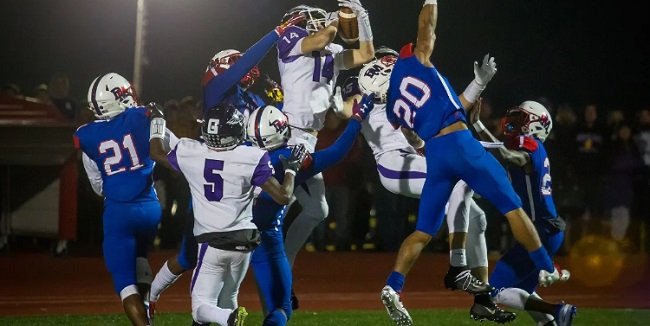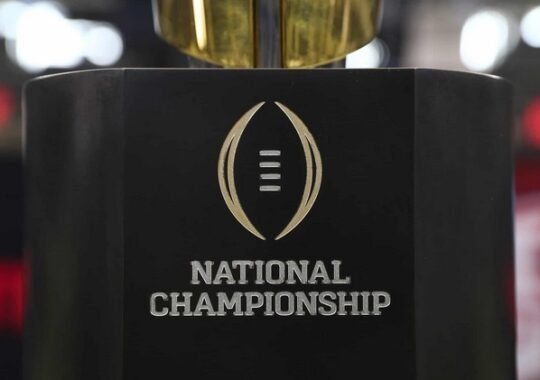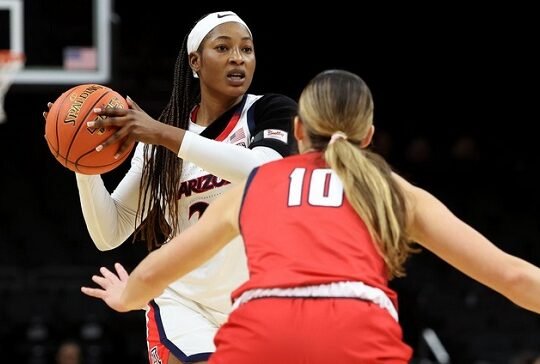High school football games typically last around 2 to 2.5 hours, including halftime and breaks between quarters. However, the actual duration can vary based on factors such as game flow, penalties, timeouts, and weather conditions. Here’s a detailed breakdown of the different components that contribute to the overall length of a high school football game
High School Football Game Role of Officials
high school football game, officials ensure fair play, enforce rules, and prioritize player safety. The referee oversees the game, making final decisions on penalties and disputes. Umpires focus on line-of-scrimmage actions, monitoring for infractions like holding. Linesmen assist with proper alignment and watch for offside penalties. The down judge tracks downs, distances, and timeouts. Back and side judges monitor the secondary for fouls like pass interference. Together, they maintain order, facilitate fair competition, and uphold the integrity of the game. Their presence educates players on sportsmanship and ensures the game is played according to established standards.
High School Football Game Time
The game itself consists of four quarters, each lasting 12 minutes of actual playing time. However, due to stoppages for various reasons such as incomplete passes, out-of-bounds plays, and penalties, the total time for each quarter can be longer.
Pre-Game High School Football
Before the game officially begins, there is usually a period of warm-ups, team introductions, and ceremonial activities such as the national anthem and coin toss. This pre-game period typically lasts around 20 to 30 minutes.
High School Football Halftime:
High School Football halftime, there is typically a break of around 15 to 20 minutes. During this time, teams go to their locker rooms to make adjustments, and the marching band or other performers may entertain the crowd with a halftime show
Post-game: After the fourth quarter concludes, there may be additional ceremonies, such as player of the game awards or senior night recognitions. Players and coaches also often gather on the field to shake hands and show sportsmanship. This post-game period typically lasts around 10 to 15 minutes.
Gameplay: The game itself consists of four quarters, each lasting 12 minutes in high school football. However, the actual time it takes to complete each quarter can vary depending on factors such as timeouts, injuries, penalties, and the pace of play. On average, each quarter may take around 30 to 45 minutes to complete.
Timeouts: Each team is allowed a certain number of timeouts per half, which can stop the game clock. Coaches may call timeouts to strategize, give players a rest, or disrupt the opposing team’s momentum. These timeouts can add additional time to the overall duration of the game.
Penalties: Penalties can result in stoppages of play and additional time being added to the game clock. Depending on the severity of the penalty and the outcome of the play, referees may need to assess yardage, reset the game clock, or administer other actions, which can prolong the game.
Injuries: In the event of player injuries, the game clock may be stopped while medical personnel attend to the injured player. Depending on the severity of the injury, this can result in significant stoppage time and potentially delay the game.
Weather Delays: Inclement weather such as lightning, heavy rain, or extreme heat can lead to delays or postponements of high school football games. In such cases, the game clock may be stopped until conditions improve and it is safe to resume play.
Conclusion
In conclusion, high school football games are dynamic events that typically last around 2 to 2.5 hours. This timeframe includes four quarters of 12 minutes each, halftime, timeouts, and stoppages for various reasons. While the duration can vary based on factors like the pace of play and timeouts, the overall experience is one of excitement and camaraderie for players, coaches, officials, and fans. High school football not only showcases athletic talent but also promotes teamwork, sportsmanship, and school spirit. It remains a beloved tradition in many communities, offering memorable moments and opportunities for young athletes to grow both on and off the field.





